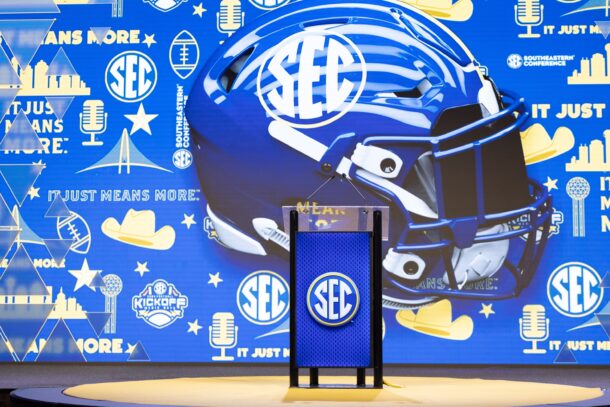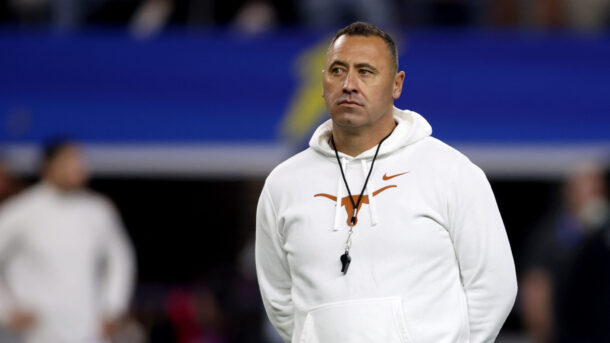Ad Disclosure
Scheduling tweaks would benefit New Year’s Six in future
By Ethan Levine
Published:
The first-ever collection of New Year’s Six bowls is officially in the rearview, and the games certainly lived up to their hype as they ushered in a new era of college football.
Ohio State and its third-string quarterback ended the SEC’s run of eight straight appearances in the national title game with a stunning upset of Alabama that few saw coming.
Oregon snapped Florida State’s 29-game winning streak, and did so in a 39-point rout.
Michigan State scored 21 unanswered fourth quarter points to upset Baylor, and Boise State blew a 28-7 lead only to hang on to a seven-point victory in the final moments against Arizona.
Ole Miss and Mississippi State were both blown out of the water, but their opponents — TCU and Georgia Tech — put on quite a show with 91 combined points.
At the end of the day, the six games were everything we could have hoped for, and then some.
The two semifinal showdowns drew the highest television ratings of any cable broadcasts ever, and the other four games weren’t far behind. The stakes were higher than ever before, and the teams responded with the urgency and execution we hoped to see out of college football’s new postseason format.
But the inaugural New Year’s Six was still far from perfect. The collection of high-profile bowl games claimed the New Year’s holiday for college football, but there are still improvements that could be made.
For starters, the New Year’s Six could stand to alter its schedule slightly in order to maximize the impact each game is able to make. The Fiesta Bowl between Baylor and Michigan State was among the most exciting games of the bowl season, but it was lost in the shuffle while competing with two other less-relevant bowl games and preceding the first-ever playoff semifinals.
College football would be wise to move the other two non-New Year’s Six bowl games — the Outback and Citrus Bowls — from New Year’s Day to another day either before Dec. 31 or after Jan. 1. It is unfair to the teams in those games that their bowls were overshadowed by the New Year’s Six, and it’s unfair to Baylor and Michigan State that their sensational seasons came to a relatively quiet end as the only two New Year’s Six teams forced to share the college football stage with other games.
If one of the New Year’s Six games has to compete with other bowls, they all should. Uniformity must be maintained throughout all six games to ensure the entire product is fair to both the teams involved and the viewing audience.
Ultimately, none of those games should have to share time with lesser bowls. If the New Year’s Six really is the pinnacle of the college football season, it should have those two days to itself. If anything, playing those quality games on a stage all to themselves would only stand to grow the college football brand.
And if you’re going to set aside New Year’s Eve and New Year’s Day exclusively for the New Year’s Six, it’s worth separating the non-playoff games from the semifinal showdowns. Those semifinals simply have a different meaning than the other four games, and burying one of the four non-playoff games on the same day as the semis ensures it will either be ignored or not taken as seriously as it should be.
When push comes to shove, altering the schedule won’t change the product on the field one bit. It would provide all six bowl games, and the two non-New Year’s Six games, with a stage unto themselves, which is what the college football fan base deserves after a thrilling season.
These changes would only alter the impact made by each of the six games, and it would likely help television ratings as much as it would help elevate those games to the elite status college football wants for them.
The games were fantastic, and the inaugural New Year’s Six can be constituted a success. But it’s not perfect, at least not yet.
A former newspaper reporter who has roamed the southeastern United States for years covering football and eating way too many barbecue ribs, if there is such a thing.




